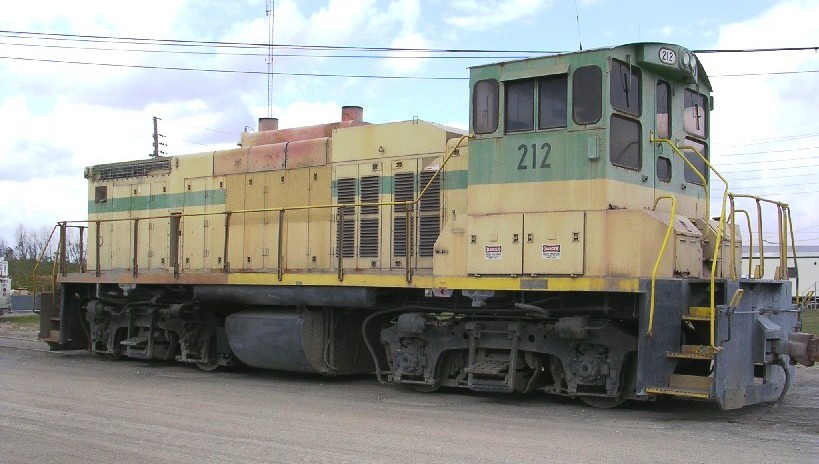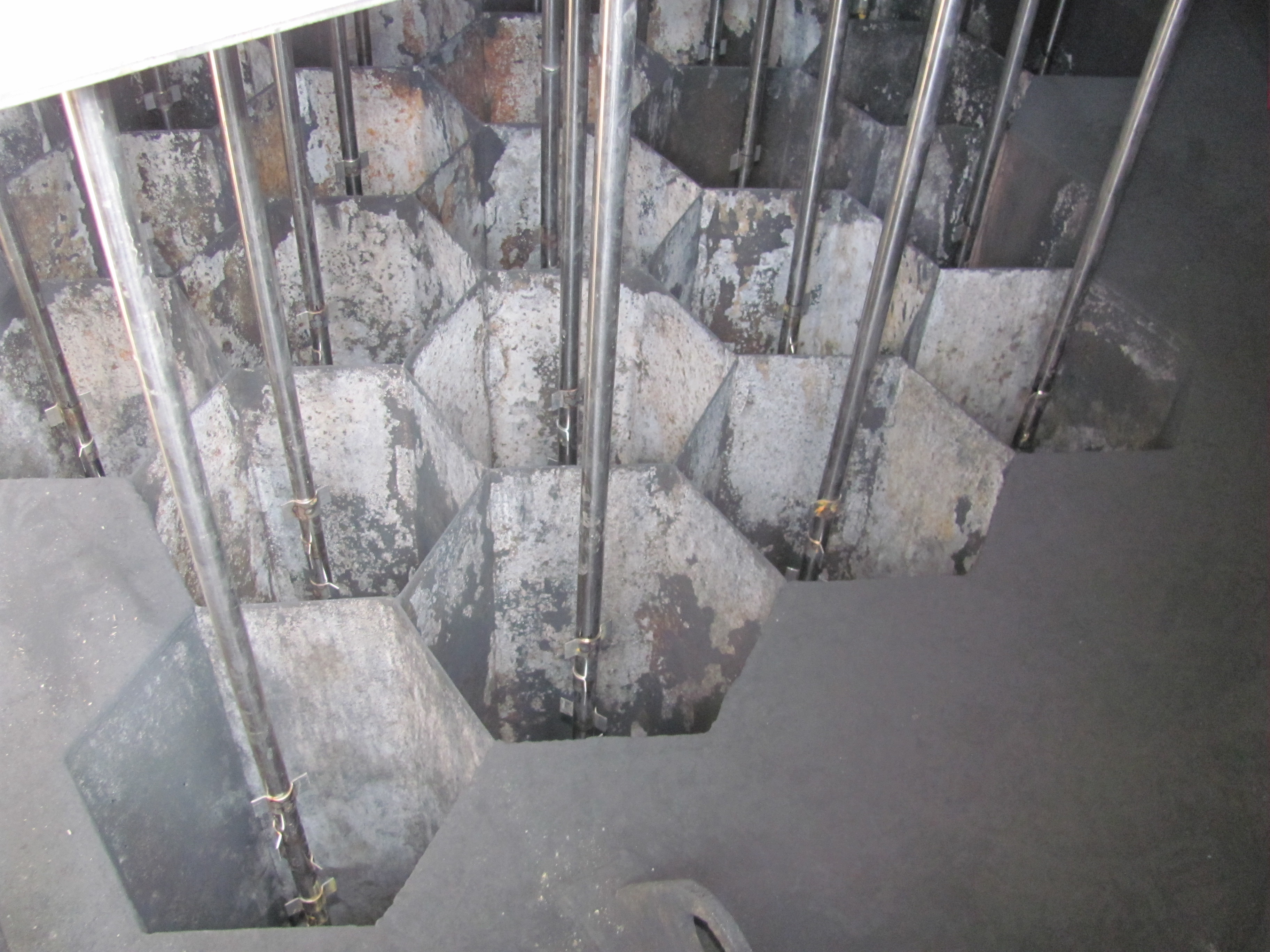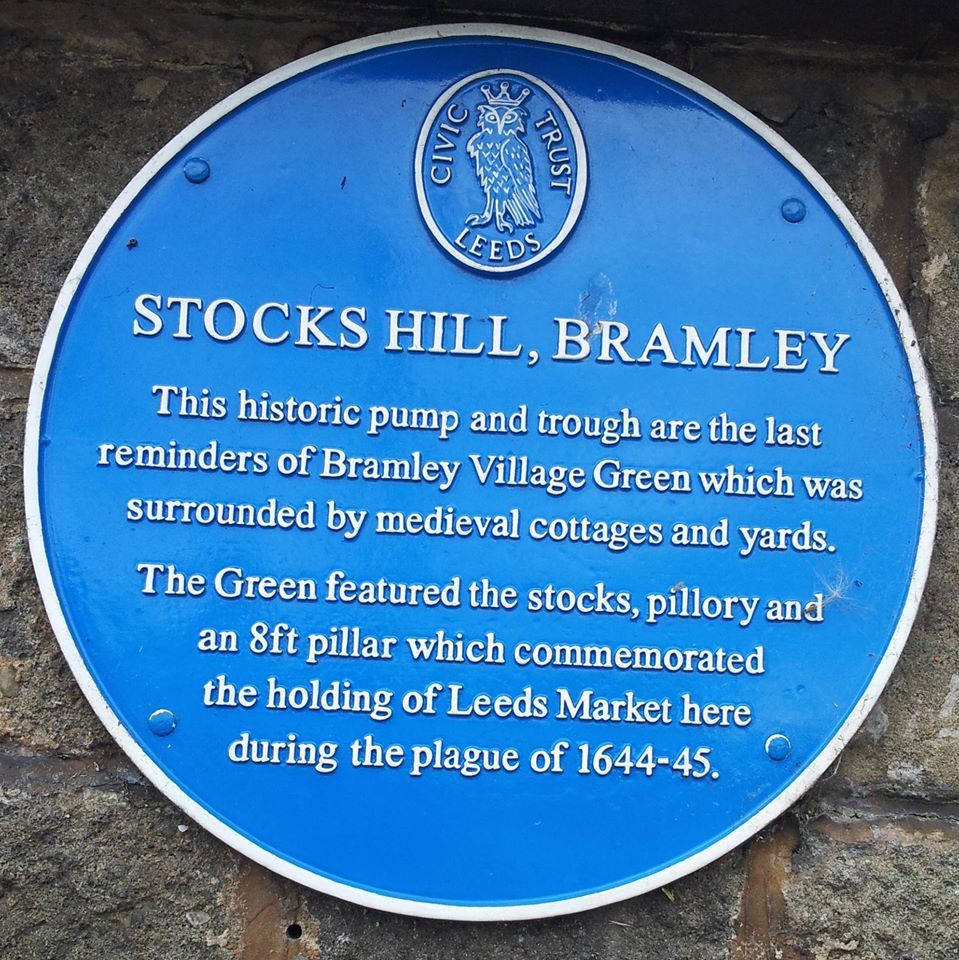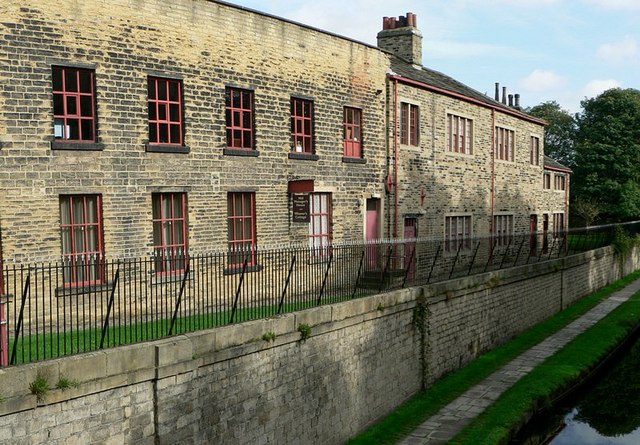|
Kirkstall Power Station
Kirkstall power station was a coal-fired unit opened in 1930, serving the city of Leeds, West Yorkshire, England. It was situated in Kirkstall by the River Aire north west of Leeds and had its own wharf for delivery of coal via the Leeds and Liverpool Canal. History The City of Leeds Corporation purchased the 104 acre (42.1 ha) Kirkstall site in 1926. Construction began in 1928, and the first electricity was generated in October 1930. The station was equipped with two British Thomson-Houston 25 MW turbo-alternators. An additional 30 MW turbo-alternator was ordered from BTH in 1935. By 1948, further extensions to the site had increased its combined generating capacity to around 200 MW. The station was later partly converted to oil firing during 1964, which rendered the coal sidings and associated shunters redundant. The boilers were pulverised fuel and oil fired. There were 9 water tube Stirling/ International Combustion boilers working at 490 psi; in the 1947-48 extensi ... [...More Info...] [...Related Items...] OR: [Wikipedia] [Google] [Baidu] |
England
England is a country that is part of the United Kingdom. It shares land borders with Wales to its west and Scotland to its north. The Irish Sea lies northwest and the Celtic Sea to the southwest. It is separated from continental Europe by the North Sea to the east and the English Channel to the south. The country covers five-eighths of the island of Great Britain, which lies in the North Atlantic, and includes over 100 smaller islands, such as the Isles of Scilly and the Isle of Wight. The area now called England was first inhabited by modern humans during the Upper Paleolithic period, but takes its name from the Angles, a Germanic tribe deriving its name from the Anglia peninsula, who settled during the 5th and 6th centuries. England became a unified state in the 10th century and has had a significant cultural and legal impact on the wider world since the Age of Discovery, which began during the 15th century. The English language, the Anglican Church, and Engli ... [...More Info...] [...Related Items...] OR: [Wikipedia] [Google] [Baidu] |
Shunter
A switcher, shunter, yard pilot, switch engine, yard goat, or shifter is a small Rail transport, railroad locomotive used for manoeuvring railroad cars inside a rail yard in a process known as Shunt (railway operations), ''switching'' (US) or ''shunting'' (UK). Switchers are not intended for moving trains over long distances but rather for assembling trains in order for another locomotive to take over. They do this in classification yards (Great Britain: ''marshalling yards''). Switchers may also make short transfer runs and even be the only motive power on branch lines and switching and terminal railroads. The term can also be used to describe the workers operating these engines or engaged in directing shunting operations. Switching locomotives may be purpose-built engines, but may also be downgraded main-line engines, or simply main-line engines assigned to switching. Switchers can also be used on short excursion train rides. The typical switcher is optimised for its job, be ... [...More Info...] [...Related Items...] OR: [Wikipedia] [Google] [Baidu] |
Former Power Stations In England
A former is an object, such as a template, gauge or cutting die, which is used to form something such as a boat's hull. Typically, a former gives shape to a structure that may have complex curvature. A former may become an integral part of the finished structure, as in an aircraft fuselage, or it may be removable, being using in the construction process and then discarded or re-used. Aircraft formers Formers are used in the construction of aircraft fuselage, of which a typical fuselage has a series from the nose to the empennage, typically perpendicular to the longitudinal axis of the aircraft. The primary purpose of formers is to establish the shape of the fuselage and reduce the column length of stringers to prevent instability. Formers are typically attached to longerons, which support the skin of the aircraft. The "former-and-longeron" technique (also called stations and stringers) was adopted from boat construction, and was typical of light aircraft built until ... [...More Info...] [...Related Items...] OR: [Wikipedia] [Google] [Baidu] |
Power Stations In Yorkshire And The Humber
Power most often refers to: * Power (physics), meaning "rate of doing work" ** Engine power, the power put out by an engine ** Electric power * Power (social and political), the ability to influence people or events ** Abusive power Power may also refer to: Mathematics, science and technology Computing * IBM POWER (software), an IBM operating system enhancement package * IBM POWER architecture, a RISC instruction set architecture * Power ISA, a RISC instruction set architecture derived from PowerPC * IBM Power microprocessors, made by IBM, which implement those RISC architectures * Power.org, a predecessor to the OpenPOWER Foundation * SGI POWER Challenge, a line of SGI supercomputers Mathematics * Exponentiation, "''x'' to the power of ''y''" * Power function * Power of a point * Statistical power Physics * Magnification, the factor by which an optical system enlarges an image * Optical power, the degree to which a lens converges or diverges light Social sciences and politi ... [...More Info...] [...Related Items...] OR: [Wikipedia] [Google] [Baidu] |
Coal-fired Power Stations In England
Coal is a combustible black or brownish-black sedimentary rock, formed as stratum, rock strata called coal seams. Coal is mostly carbon with variable amounts of other Chemical element, elements, chiefly hydrogen, sulfur, oxygen, and nitrogen. Coal is formed when dead plant matter decays into peat and is converted into coal by the heat and pressure of deep burial over millions of years. Vast deposits of coal originate in former wetlands called coal forests that covered much of the Earth's tropical land areas during the late Carboniferous (Pennsylvanian (geology), Pennsylvanian) and Permian times. Many significant coal deposits are younger than this and originate from the Mesozoic and Cenozoic eras. Coal is used primarily as a fuel. While coal has been known and used for thousands of years, its usage was limited until the Industrial Revolution. With the invention of the steam engine, coal consumption increased. In 2020, coal supplied about a quarter of the world's primary energ ... [...More Info...] [...Related Items...] OR: [Wikipedia] [Google] [Baidu] |
Electrostatic Precipitator
An electrostatic precipitator (ESP) is a filterless device that removes fine particles, like dust and smoke, from a flowing gas using the force of an induced electrostatic charge minimally impeding the flow of gases through the unit. In contrast to wet scrubbers, which apply energy directly to the flowing fluid medium, an ESP applies energy only to the particulate matter being collected and therefore is very efficient in its consumption of energy (in the form of electricity). Invention of the electrostatic precipitator The first use of corona discharge to remove particles from an aerosol was by Hohlfeld in 1824. However, it was not commercialized until almost a century later. In 1907 Frederick Gardner Cottrell, a professor of chemistry at the University of California, Berkeley, applied for a patent on a device for charging particles and then collecting them through electrostatic attraction—the first electrostatic precipitator. Cottrell first applied the device to the col ... [...More Info...] [...Related Items...] OR: [Wikipedia] [Google] [Baidu] |
Ministry Of Power (United Kingdom)
The Ministry of Power was a United Kingdom government ministry dealing with issues concerning energy. The Ministry of Power (then named Ministry of Fuel and Power) was created on 11 June 1942 from functions separated from the Board of Trade. It took charge of coal production, allocation of fuel supplies, control of energy prices and petrol rationing. These had previously been dealt with by the Secretary for Mines and in the case of petroleum since 1940 by the Secretary for Petroleum. The Petroleum Board, responsible for the coordination of the war-time petroleum 'pool' for oil supplies (except oil for the Royal Navy), continued in this role until the Board was dissolved in 1948. It also took over responsibility for electricity from the Ministry of War Transport and its predecessor the Ministry of Transport. The Ministry of Fuel and Power was renamed the Ministry of Power in January 1957. The Ministry of Power later became part of the Ministry of Technology on 6 October 196 ... [...More Info...] [...Related Items...] OR: [Wikipedia] [Google] [Baidu] |
Bramley, Leeds
Bramley is a district in west Leeds, West Yorkshire, England. It is part of the City of Leeds Ward of Bramley and Stanningley with a population of 21,334 at the 2011 Census. The area is an old industrial area with much 19th century architecture and 20th century council housing in the east and private suburban housing in the west. Etymology The name of Bramley is first attested in the 1086 Domesday Book as ''Brameleia'' and ''Bramelei''. The name derives from the Old English words ''brōm'' ('broom') and ''lēah'' ('open land in a wood'). Thus the name once meant 'open land characterised by broom'. History At the time of the Domesday survey, the nucleus of the settlement was probably located at Stocks Hill, and it developed in a linear fashion along today's Town Street. The surviving water pump and stone water trough on Stocks Hill remain from Bramley's medieval past. The accompanying blue plaque states "Stocks Hill, Bramley. This historic pump and trough are the l ... [...More Info...] [...Related Items...] OR: [Wikipedia] [Google] [Baidu] |
Armley
Armley is a district in the west of Leeds, West Yorkshire, England. It starts less than from Leeds city centre. Like much of Leeds, Armley grew in the Industrial Revolution and had several mills, one of which houses now the Leeds Industrial Museum at Armley Mills. Armley is predominantly and historically a largely working class area of the city, still retains many smaller industrial businesses, and has many rows of back-to-back terraced houses. It sits in the Armley ward of Leeds City Council and Leeds West parliamentary constituency. In 2022, statistics released by West Yorkshire Police revealed Armley and New Wortley had the second highest crime rate in Leeds after Leeds city centre. Etymology First attested in the Domesday Book of 1086 as ''Ermelai'', the name ''Armley'' comes from Old English. The second element is from Old English ''lēah'' ('open space in a wood'). The origin of the first element is less clear, but thought to come from an otherwise unattested Old E ... [...More Info...] [...Related Items...] OR: [Wikipedia] [Google] [Baidu] |
Burley, Leeds
Burley is an inner city area of Leeds, West Yorkshire, England, north-west of Leeds city centre, between the A65 Kirkstall Road at the south and Headingley at the north, in the Kirkstall ward. Etymology The name is first attested in 1195 as "Burteg" and, around 1200, as "Burcheleia" which is more representative of other medieval attestations. The name derives from Old English ''burh'', a 'fortification' and ''lēah'' an 'open space in woodland'. History Burley grew from a village in the late industrial revolution, and there are several streets including the word 'village' including The Village Street. The area from The Village Street in the west to the railway line in the east, and north of Burley Road forms the Village Conservation Area. Parts of the original village can still be seen at the junction of Burley Road and Haddon Road, and around Burley Lodge. Most houses constructed in Burley were of red-brick, but were generally smaller and largely back-to-backs. Industria ... [...More Info...] [...Related Items...] OR: [Wikipedia] [Google] [Baidu] |
Bar (unit)
The bar is a metric unit of pressure, but not part of the International System of Units (SI). It is defined as exactly equal to 100,000 Pa (100 kPa), or slightly less than the current average atmospheric pressure on Earth at sea level (approximately 1.013 bar). By the barometric formula, 1 bar is roughly the atmospheric pressure on Earth at an altitude of 111 metres at 15 °C. The bar and the millibar were introduced by the Norwegian meteorologist Vilhelm Bjerknes, who was a founder of the modern practice of weather forecasting. The International System of Units, despite previously mentioning the bar, now omits any mention of it.. The bar has been legally recognised in countries of the European Union since 2004.British Standard BS 350:2004 ''Conversion Factors for Units''. The US National Institute of Standards and Technology (NIST) deprecates its use except for "limited use in meteorology" and lists it as one of several units that "must not be introduced ... [...More Info...] [...Related Items...] OR: [Wikipedia] [Google] [Baidu] |







